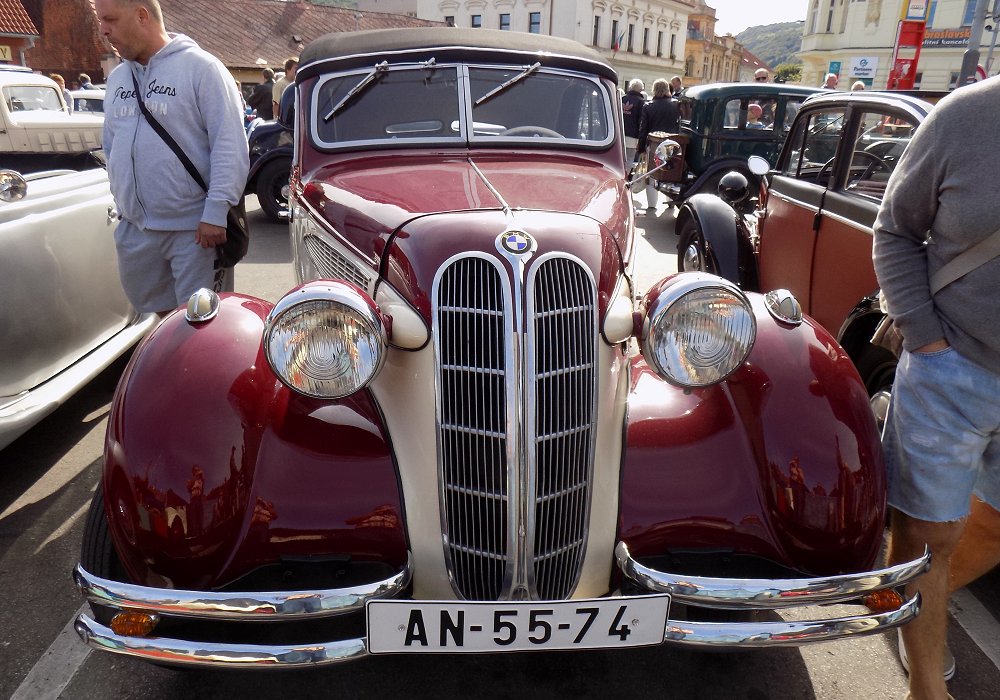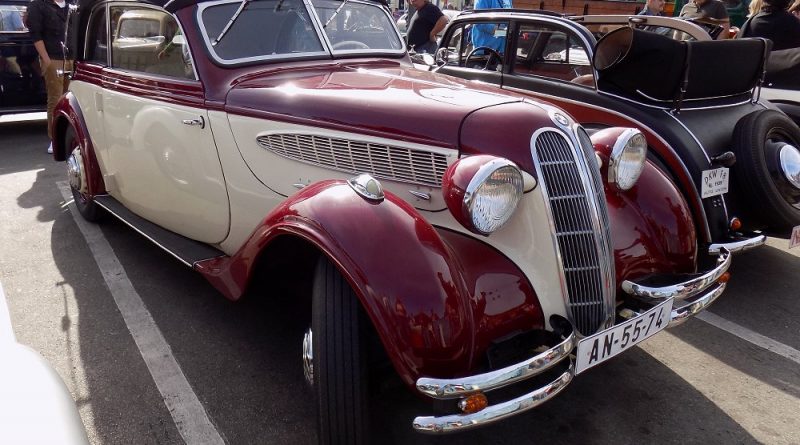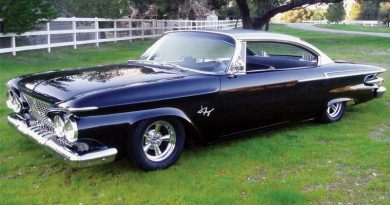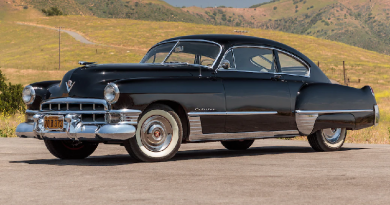1938 BMW 326 Cabriolet
The BMW 326 is a medium-sized sedan produced by BMW between 1936 and 1941, and again briefly, under Soviet control, after 1945. The 326 was BMW’s first four-door sedan. It had an innovative design and sold well despite its relatively high price. It also had an unusually involved afterlife.
Overall design and concept of the BMW 326 was presented by Fritz Fiedler and was based on the box-section frame, which was used for derivative models. The innovation of the BMW 326 also included the torsion bar rear suspension, which was supported by the dead axle system initially used in the Citroen Traction Avant. The BMW 326 also used a hydraulic braking system, marking the first time for BMW to use such a system. The styling of the BMW 326 was effected by Peter Schimanowski, with both four and two-door versions produced for different buyers. The design was also different from previous versions as it was streamlined, thereby reducing drag.
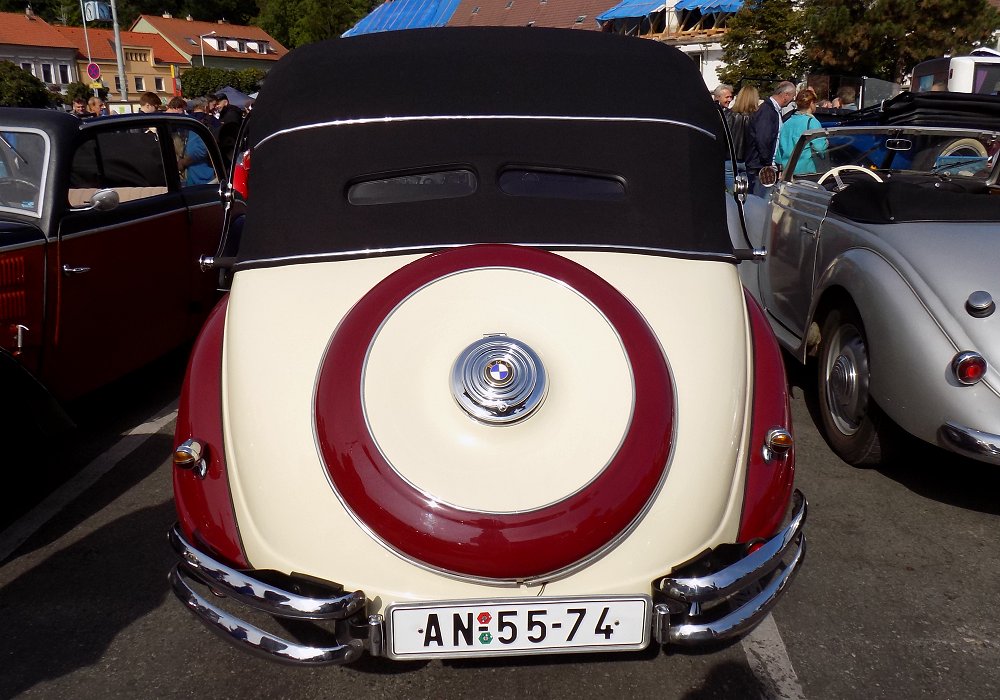
The rear end was redesigned to include a fixed cover as opposed to having a spare wheel in the space. All other three series BMWs were based on the BMW 326. With a straight 6, 1971 cc engine, the BMW 326 offered an output of 50PS running at 3750 rpm. The car had a top speed of 115 km/h and came with a four-speed manual gearbox, which allowed freewheeling when put in bottom ratios. In 1936, the BMW 326 was showcased in the Berlin Motor Show and the model was released for sale during the same year. The car was a success as sales satisfied the plans of the company. A total of 15, 949 BMW 326 cars were produced at the Eisenach plant by the time production was closed in 1941.
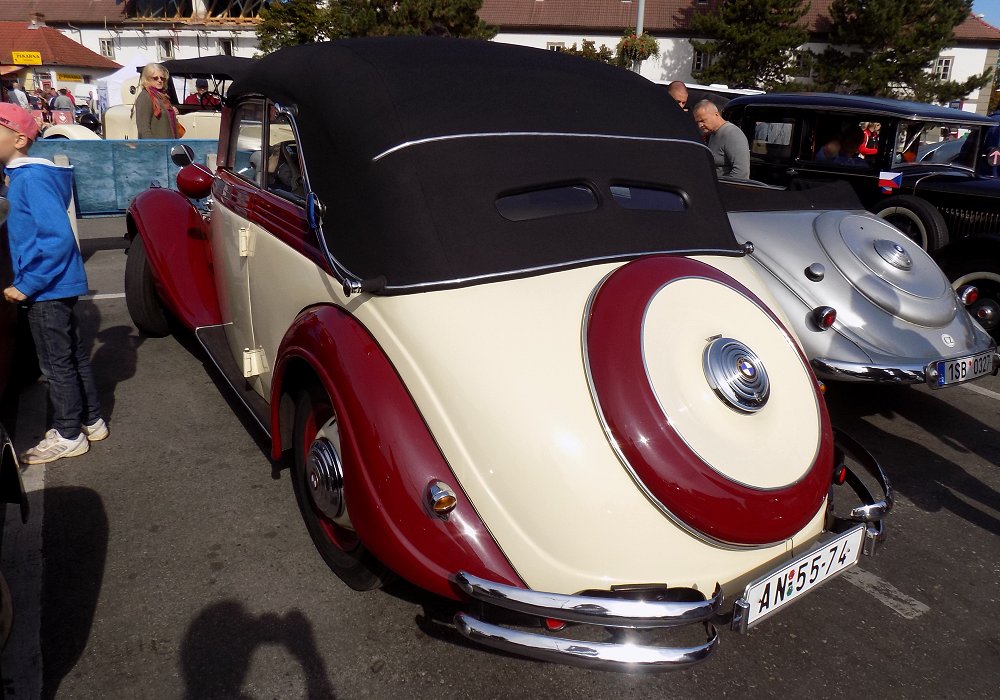
Based on a chassis whose sporting vocation is no longer to prove something, this car also has a highly desirable and rare cabriolet bodywork and has benefited from a restoration following only the best standards: Enthusiasts will be able to appreciate the great quality of this automobile.
